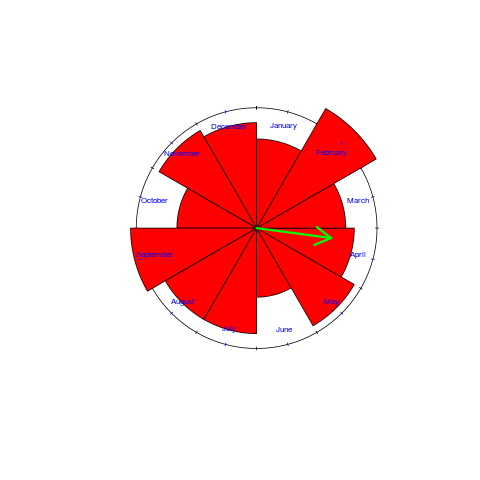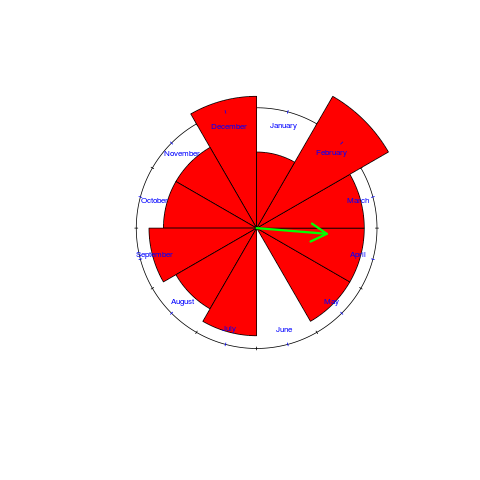Derek Jones from The Shape of Code
So you have read my (draft) book on evidence-based software engineering and want to learn more about ecosystems. What books do I suggest?
Biologists have been studying ecosystems for a long time, and more recently social scientists have been investigating cultural ecosystems. Many of the books written in these fields are oriented towards solving differential equations and are rather subject specific.
The study of software ecosystems has been something of a niche topic for a long time. Problems for researchers have included gaining access to ecosystems and the seeming proliferation of distinct ecosystems. The state of ecosystem research in software engineering is rudimentary; historians are starting to piece together what has happened.
Most software ecosystems are not even close to being in what might be considered a steady state. Eventually most software will be really old, and this will be considered normal (“Shock Of The Old: Technology and Global History since 1900″ by Edgerton; newness is a marketing ploy to get people to buy stuff). In the meantime, I have concentrated on the study of ecosystems in a state of change.
Understanding ecosystems is about understanding how the interaction of participant’s motivation, evolves the environment in which they operate.
“Modern Principles of Economics” by Cowen and Tabarrok, is a very readable introduction to economics. Economics might be thought of as a study of the consequences of optimizing the motivation of maximizing return on investment. “Principles of Corporate Finance” by Brealey and Myers, focuses on the topic in its title.
“The Control Revolution: Technological and Economic Origins of the Information Society” by Beniger: the ecosystems in which software ecosystems coexist and their motivations.
“Evolutionary dynamics: exploring the equations of life” by Nowak, is a readable mathematical introduction to the subject given in the title.
“Mathematical Models of Social Evolution: A Guide for the Perplexed” by McElreath and Boyd, is another readable mathematical introduction, but focusing on social evolution.
“Social Learning: An Introduction to Mechanisms, Methods, and Models” by Hoppitt and Laland: developers learn from each other and from their own experience. What are the trade-offs for the viability of an ecosystem that preferentially contains people with specific ways of learning?
“Robustness and evolvability in living systems” by Wagner, survival analysis of systems built from components (DNA in this case). Rather specialised.
Books with a connection to technology ecosystems.
“Increasing returns and path dependence in the economy” by Arthur, is now a classic, containing all the basic ideas.
“The red queen among organizations” by Barnett, includes a chapter on computer manufacturers (has promised me data, but busy right now).
“Information Foraging Theory: Adaptive Interaction with Information” by Pirolli, is an application of ecosystem know-how, i.e., how best to find information within a given environment. Rather specialised.
“How Buildings Learn: What Happens After They’re Built” by Brand, yes building are changed just like software and the changes are just as messy and expensive.
Several good books have probably been omitted, because I failed to spot them sitting on the shelf. Suggestions for books covering topics I have missed welcome, or your own preferences.




